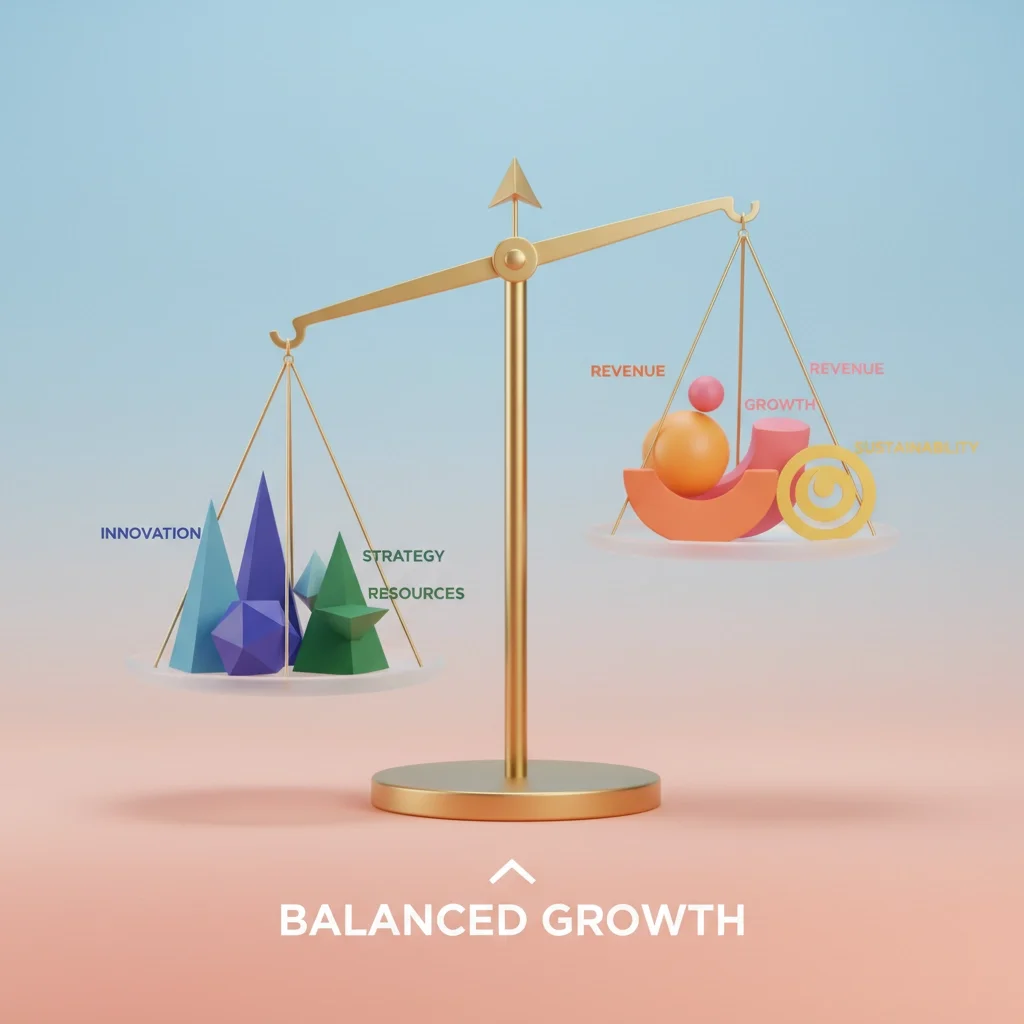Small Changes, Big Returns: Real Stories from Business Owners
Running a small business often feels like walking a tightrope: every decision matters, every dollar counts, and every change carries risk. But what if the smallest adjustments could deliver the biggest wins? Real small business owners across industries have discovered that sometimes the most modest tweaks generate surprisingly massive returns.
Let's dive into actual success stories that prove you don't need a complete overhaul to transform your business. These aren't fairy tales: they're documented examples of entrepreneurs who made simple changes and watched their ROI soar.
Related Podcast: Episode 15: Big Returns from Small Changes
The Power of Better Organization
One construction firm was struggling with project delays and frustrated clients. Their solution wasn't hiring more workers or buying expensive equipment: they simply implemented project management software. The result? A 20% reduction in project delivery times and significantly improved communication with clients and subcontractors.
This aligns perfectly with what we've seen in operational challenges that go beyond just getting clients. Often, the bottleneck isn't capacity: it's coordination.
A family-owned bakery made an equally simple change by switching from traditional bookkeeping to cloud-based accounting. This "boring" upgrade cut their financial reporting time in half and provided real-time sales insights that helped reduce food waste by 15%. When you're dealing with perishable inventory, that kind of precision directly impacts your bottom line.
Technology That Actually Pays for Itself
Small businesses often hesitate to invest in technology, worried about costs and complexity. But the smartest moves are usually the simplest ones.
A local florist decided to try a basic customer relationship management (CRM) system. Nothing fancy: just a way to track customer preferences, purchase history, and important dates. The outcome was remarkable: 25% increase in customer retention and a 30% boost in sales within their first year.
Why did this work so well? The florist could now send targeted reminders for anniversaries, suggest arrangements based on past purchases, and follow up after deliveries. Personal touches at scale.
Similarly, a local gym developed a straightforward mobile app offering personalized workout plans and nutrition tracking. Member retention improved by 35%. The app wasn't revolutionary: it just made their service more convenient and engaging.
Marketing Moves That Multiply Results
An indie clothing brand was spending money on traditional advertising with mediocre results. They shifted to targeted social media marketing and influencer collaborations: not with celebrities, but with micro-influencers in their niche. Online sales jumped 40% within six months.
The key wasn't spending more money; it was spending smarter. They found their actual customers where they already were, instead of hoping broad advertising would somehow reach them.
A small consulting agency took a different approach. Instead of expensive marketing campaigns, they invested time in developing an interactive website featuring detailed client testimonials and clear service explanations. The result? They doubled their inquiries and increased new contracts by 50%.
This connects directly to the principle we discuss in the compound effect of small business upgrades: small, consistent improvements create momentum that builds on itself.
The Art of Strategic Pivoting
Sometimes small changes mean being willing to pivot quickly when opportunities arise. During COVID-19, Nicolas Ruston and James Church from Robot Mascot spotted a need for loan application documents for relief programs. In just two weeks, they launched "Take This to The Bank," created an online eligibility tool, and secured their first clients.
This wasn't a complete business transformation: it was leveraging existing skills (document creation and web development) for a new, urgent market need.
Rethinking Time and Process Management
Here's where things get interesting for businesses with mobile teams. Many companies are still losing money on inefficient time tracking methods, as we detail in our guide on how to save money when revenue is down by stopping overpayment for hours.
One landscaping company was losing track of crew hours across multiple job sites. Their solution wasn't complex software or expensive hardware: they simply implemented GPS-enabled time tracking. The immediate benefit was accurate billing, but the unexpected bonus was better project management and route optimization.
Success Stories from the Ground Up
Some of the most inspiring examples come from entrepreneurs who started with almost nothing and made strategic small changes that compounded over time.
Sara Blakely's Spanx journey is legendary for a reason. She started with $5,000 in savings and spent two years developing her prototype using cut-off pantyhose. Her first year generated $4 million in sales, jumping to $10 million in year two. The "small change" was identifying a common problem (uncomfortable undergarments) and creating a simple solution.
Mikaila Ulmer's story is even more remarkable. After being stung by a bee at age four, she researched bee importance and updated her great-grandmother's lemonade recipe to include honey. That childhood lemonade stand is now available in over 1,500 stores including Whole Foods and Kroger.
The Common Threads
Looking at these success stories, several patterns emerge:
Focus on Real Problems: Every successful change addressed a genuine pain point: for customers, employees, or the business itself.
Start Small, Scale Smart: None of these businesses made massive investments upfront. They tested, refined, and expanded gradually.
Leverage Existing Strengths: The most successful pivots built on skills and resources the businesses already had.
Measure What Matters: These entrepreneurs tracked meaningful metrics that directly connected to profitability, not vanity metrics that looked good but didn't drive growth.
Making It Work for Your Business
The key to replicating these successes isn't copying exactly what others did: it's understanding the principles behind their wins.
Start by identifying your biggest operational headaches. Are you spending too much time on administrative tasks? Struggling with accurate project tracking? Having trouble maintaining customer relationships?
As we discuss in our article about productivity hacks for busy teams, the most effective improvements often address time management and communication gaps.
For businesses with field teams, consider whether your current time tracking methods are actually costing you money. Many companies discover that switching from paper timesheets to digital tracking eliminates errors and saves hours of administrative work weekly.
The Compound Effect in Action
What makes these stories particularly powerful is how small changes create momentum. A better CRM system doesn't just improve customer retention: it provides data for better inventory decisions, more targeted marketing, and improved customer service training.
Similarly, accurate time tracking doesn't just prevent payroll errors: it enables better project bidding, identifies your most profitable services, and helps optimize crew assignments. These benefits compound over time, creating returns far beyond the initial investment.
The most successful small business owners understand that transformation doesn't require revolution. Sometimes the biggest returns come from the smallest, smartest changes: the ones that solve real problems without creating new complications.
The question isn't whether you can afford to make these changes. In today's competitive landscape, the real question is whether you can afford not to.






